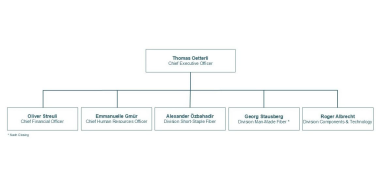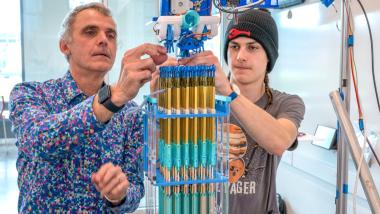Kraig: Hiring Initiative to Support Expanded Spider Silk Production in Southeast Asia
Kraig Biocraft Laboratories, a leader in spider silk technology*, launched a key hiring initiative at its production operations in Southeast Asia. This expansion of the company's production workforce is driven by rapidly increasing throughput, an expanded operational footprint, and preparations for the opening of its newest production center, now in active development.
The company is ramping up staffing to support what it expects to be a significant increase in production volumes over the coming quarters. These new team members will play a critical role in supporting the deployment of the Company's advanced spider silk technologies and modernized sericulture systems across its growing network of facilities.
All incoming production staff will receive specialized training under Dr. Nirmal Kumar, one of the world's foremost sericulture experts. Training under Dr. Kumar will prepare new hires to support operational growth at Kraig Labs' newest production center, currently in development, increasing capacity, resilience, and commercial production of its high-performance spider silk.
"This hiring initiative reflects the incredible momentum we are building and the strength of our forward-looking production strategy," said Kim Thompson, Founder and CEO of Kraig Labs. "As we scale up our next-generation spider silk technology and expand our production footprint, we are focused on assembling a team capable of supporting the high growth trajectory we anticipate. Bringing new staff into the fold and having them train directly with Dr. Kumar ensures that we are building the strongest possible foundation for the future of our operations."
The Company's expanded workforce will contribute to Kraig Labs' increasing production capacity and its readiness to meet both near-term production targets and longer-term commercial opportunities. As construction and development of the new production center takes shape, these newly trained team members will be positioned to support the facility's launch and help drive the Company's next major phase of growth.
Kraig Labs expects to continue adding staff and resources as it advances its mission of delivering the world's first cost-effective, eco-friendly, industrial-scale recombinant spider silk.
Kraig Biocraft Laboratories hiring initiative Southeast Asia production capacity capacity expansion
Kraig Biocraft Laboratories












